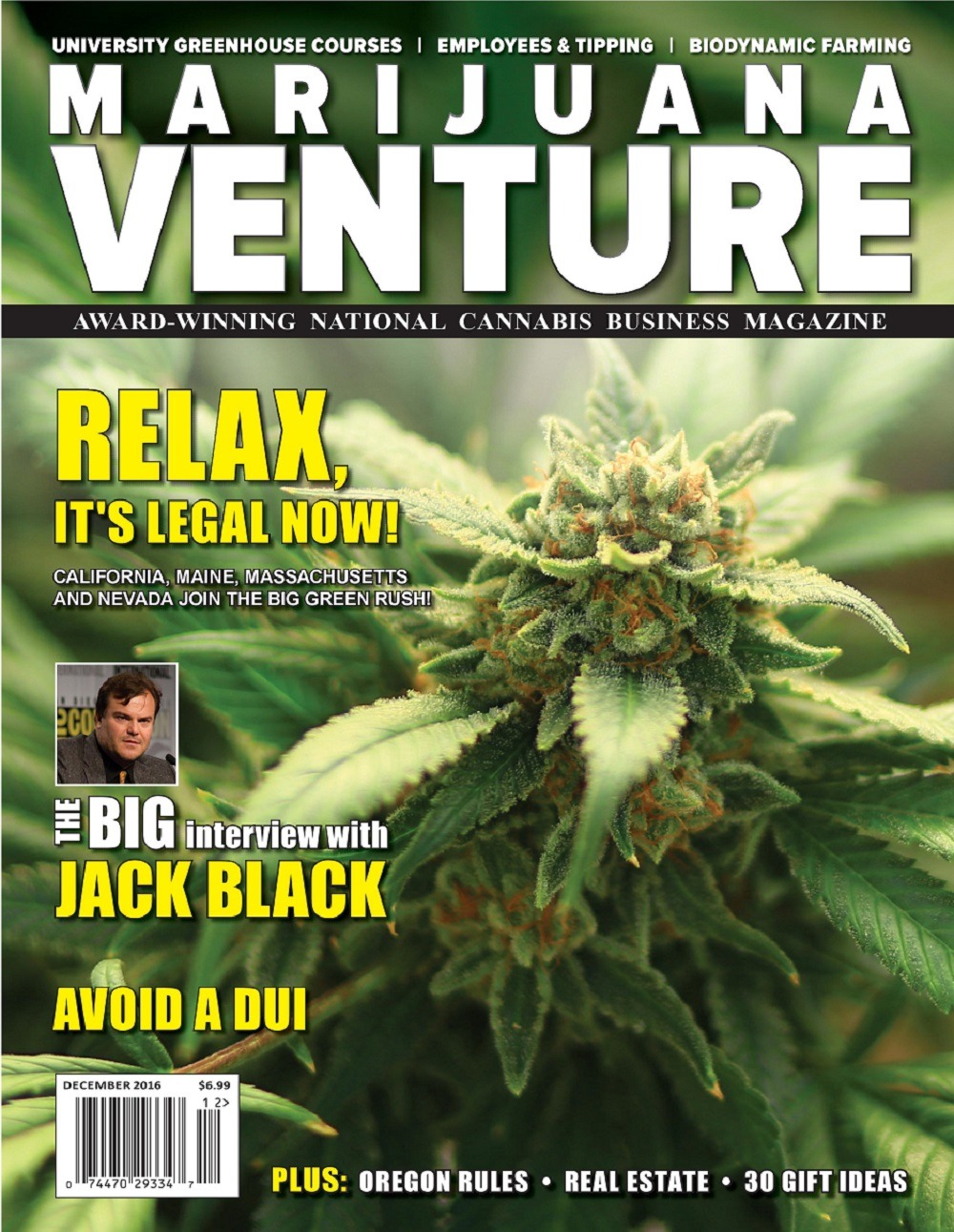What should have been a historic year for the cannabis movement, with multiple states adopting new legalization measures, instead ends with a question mark as President-elect Donald Trump surrounds himself with anti-marijuana cabinet members.
 January
January
New York opened the doors of its medical marijuana program in January 2016 to a shaky start. Despite a population of nearly 20 million people, the program opened with just 51 cardholders and eight licensed dispensaries for the entire state. New York’s strict guidelines were a significant barrier to entry for both patients and businesses and subject to several revisions throughout the year.
 February
February
While most of the country had been moving forward with more progressive marijuana laws, the Montana Supreme Court upheld a ruling that limited providers from supplying cannabis to no more than three patients. This ruling largely eliminated Montana’s commercial market, but the rollback was later repealed by voters in the November election.
 March
March
In a monumental victory for state-legal marijuana, the Supreme Court declined to hear a lawsuit from Oklahoma and Nebraska challenging Colorado’s marijuana laws. The neighboring states alleged that marijuana legalization in Colorado was burdening their criminal justice system and impacting the health of their residents.
 April
April
On April 17, 2016, Governor Tom Wolf signed off on a measure to legalize medical marijuana in Pennsylvania, allowing the sale and consumption of cannabis to treat specific diseases and symptoms. Pennsylvania became the 24th state in the country to legalize medical marijuana, and has since been in the process of establishing rules and regulations.
During the same month, Hawaii announced the recipients of the state’s eight medical dispensary licenses.
 May
May
In one of the seemingly unlikely events of 2016, Louisiana Governor John Bel Edwards signed a highly restrictive medical marijuana bill into law, effectively allowing patients access to the drug. Estimates suggest it could take the state up to 18 months to see the program come to fruition, which would allow one state-sanctioned grower and 10 distributors.
On the other end of the spectrum, the Vermont Legislature rejected a bill that would have made Vermont the first state in the country to legalize recreational cannabis without a vote of its residents.
 June
June
Less than a year after a marijuana legalization initiative was thoroughly rejected by Ohio voters over concerns of establishing a state-sanctioned monopoly, Governor John Kasich signed a bill to allow medical marijuana on June 9, 2016. The law provides qualified patients with an “affirmative defense” against possession charges, but estimates say that it could take at least a year before dispensaries open.
Alaska made progress in getting its program up and running by approving the first crop of testing and growing licenses.
 July
July
July 1, 2016, marked the official consolidation of Washington’s unregulated medical market into the regulated recreational program, a move that activists decried as the death of medical cannabis in the Evergreen State. Medical dispensaries, once allowed to operate without any state license, were forced to shut down their operations unless they had one of the limited number of retail licenses.
Meanwhile, on the opposite end of the country, Trulieve became the first medical marijuana dispensary in Florida. It was restricted to low-THC cannabis products.
 August
August
New legislation took place in late August allowing Canadian patients the right to grow their own “limited” amount of medical marijuana or approve someone else to grow it for them. The laws were set in place after a Federal Court decided that the old rules were unconstitutional. The expansion of medical marijuana laws in Canada come on the heels of new Prime Minister Justin Trudeau supporting efforts to legalize the drug for recreational purposes in 2017.
 September
September
The 9th U.S. Circuit Court of Appeals issued a ruling that effectively removed Second Amendment rights from medical marijuana cardholders. While cannabis activists cried out against the ruling, there was ironically no response whatsoever from the NRA, which has openly and vehemently promoted gun ownership, even in the face of tragic shooting deaths.
 October
October
A record-high 60% of Americans support marijuana legalization, according to Gallup, which had been conducting research on the subject since 1969 when only 12% of Americans supported legalization. The number had been steadily climbing since that initial poll, hitting 50% for the first time ever in 2011. Further details in the report showed support from adults age 18-34 at close to 80%, while only 42% of Republicans favor legalization.
 November
November
In what should have been a celebratory moment for the cannabis industry, much of the nation holds its breath as Donald Trump assumes the presidency and brings with him a brigade of right-wing generals, billionaires, climate-change deniers and prohibitionists.
Four states — California, Nevada, Maine and Massachusetts — legalized cannabis for recreational uses, while traditionally conservative Arkansas, Florida and North Dakota all approved medical marijuana legalization measures. Montana also expanded its medical marijuana laws. Arizona was the lone state to reject a marijuana-related initiative, which would have allowed recreational pot.
 December
December
Ominous cabinet choices by President-elect Trump have signaled challenging times ahead for the marijuana movement. Trump nominated Alabama Senator Jeff Sessions for attorney general — a man who once said the KKK wasn’t that bad until he found out they smoked pot — and Georgia Rep. Tom Price for Health and Human Services secretary. Price has repeatedly voted against common-sense marijuana legislation.
[contextly_auto_sidebar]


 January
January February
February March
March April
April May
May June
June July
July August
August September
September October
October November
November December
December